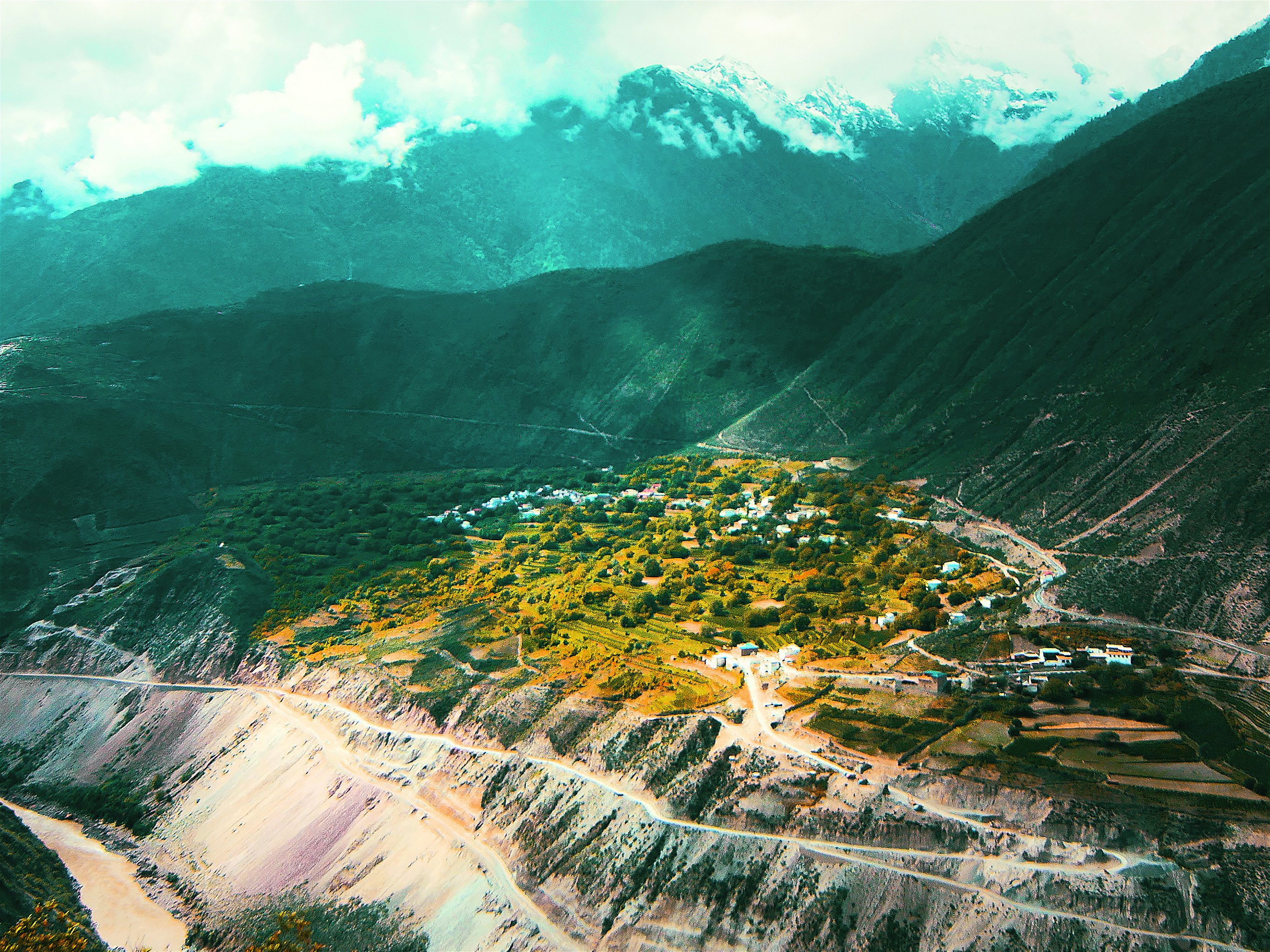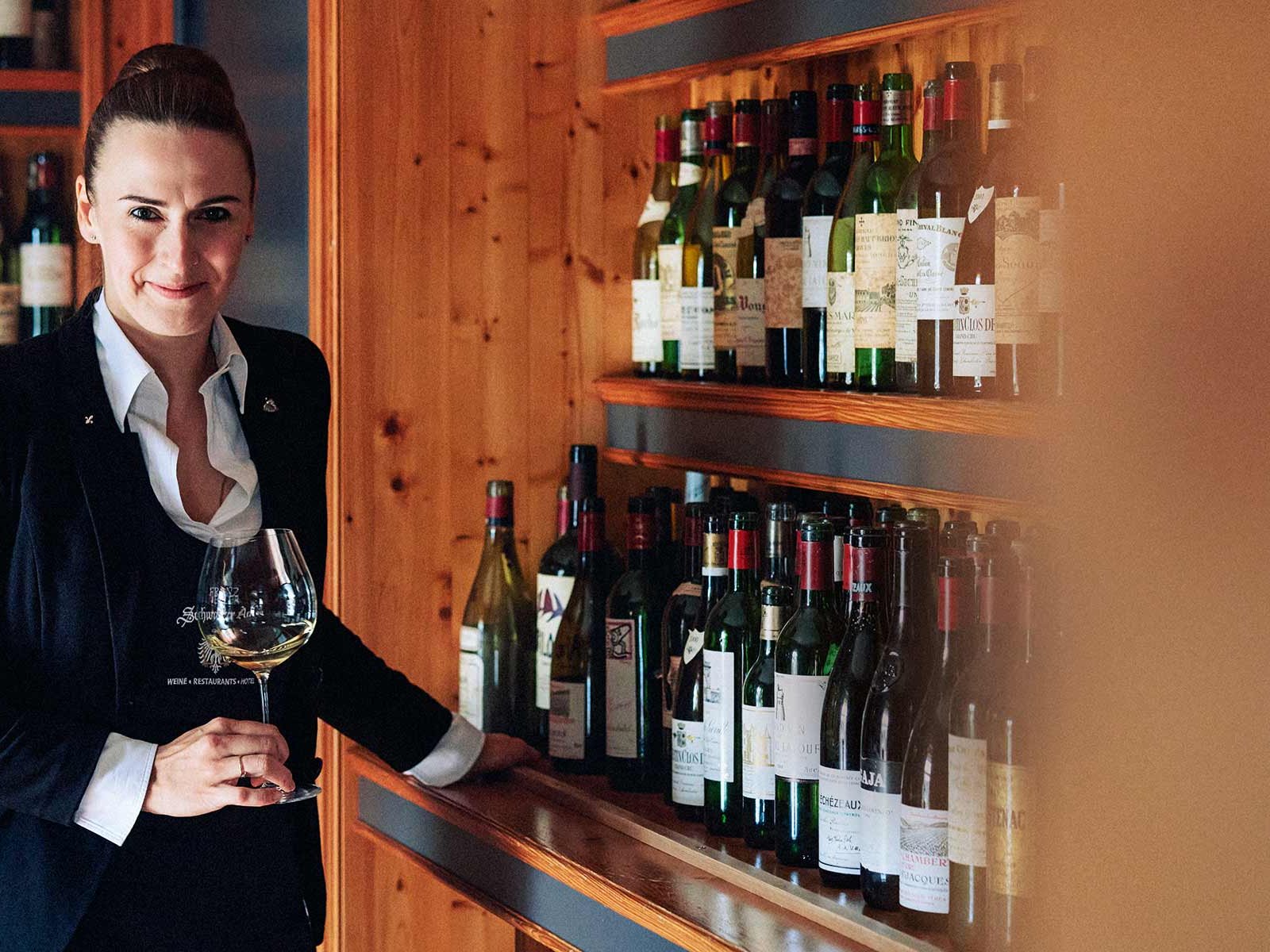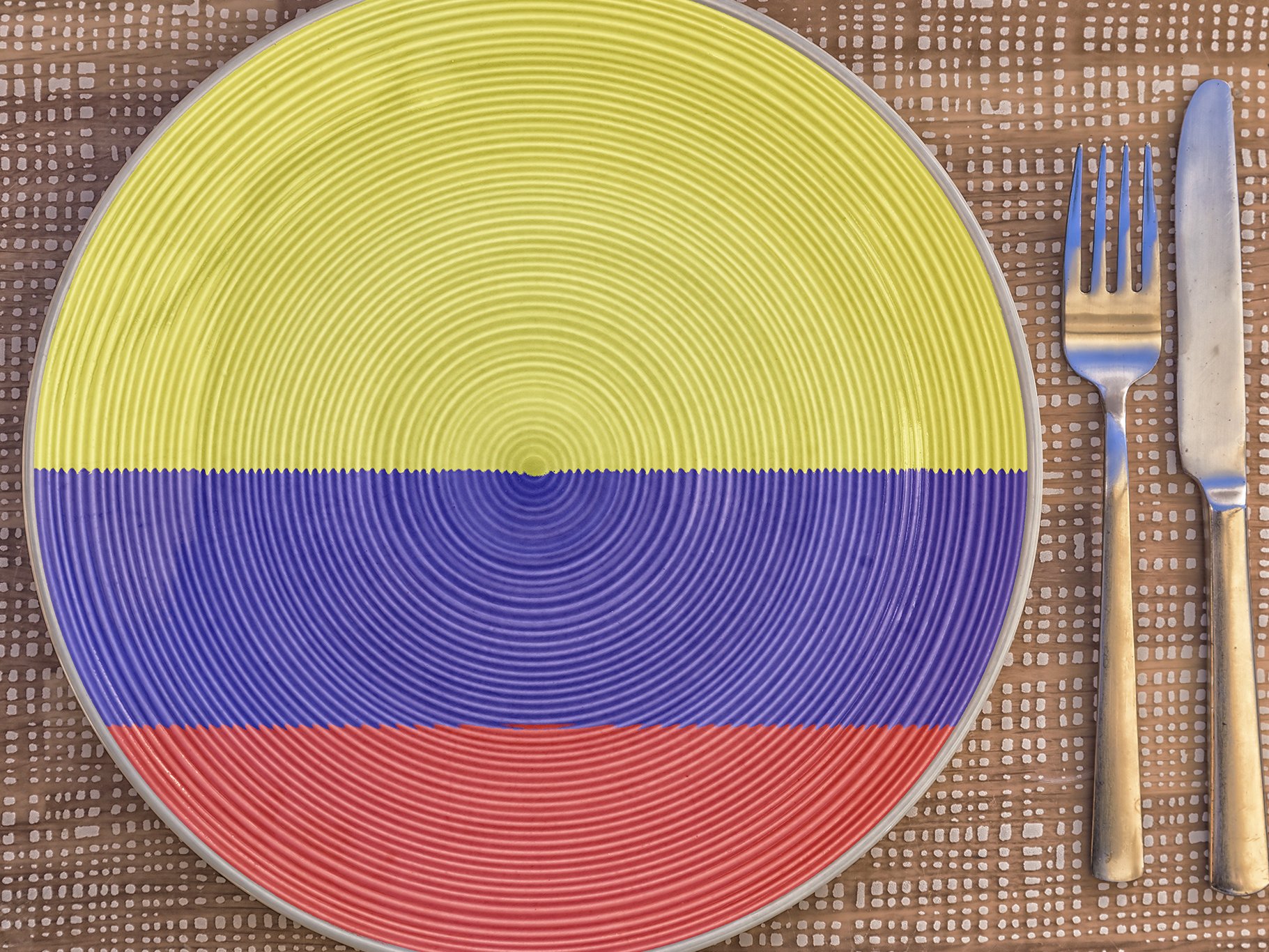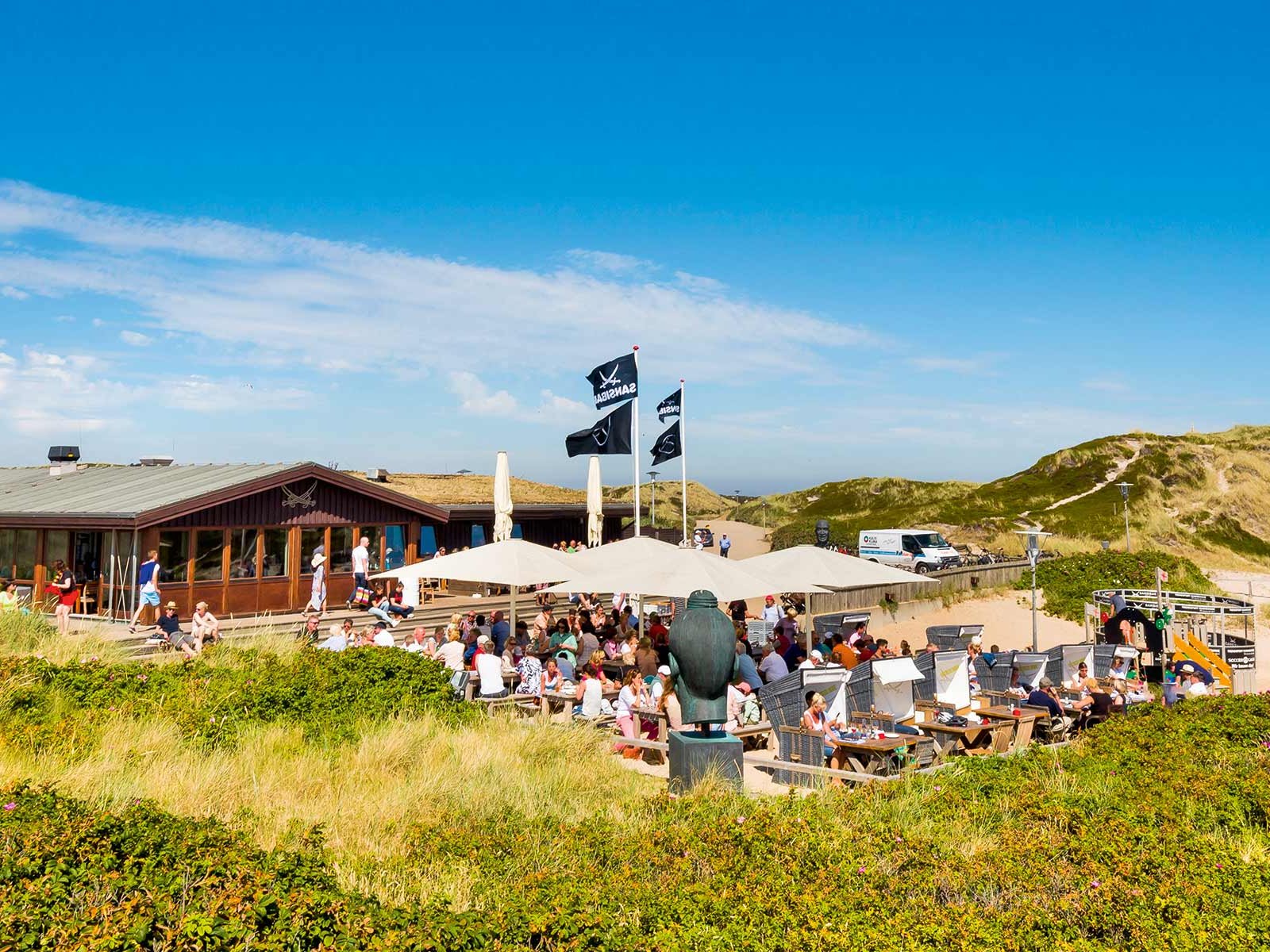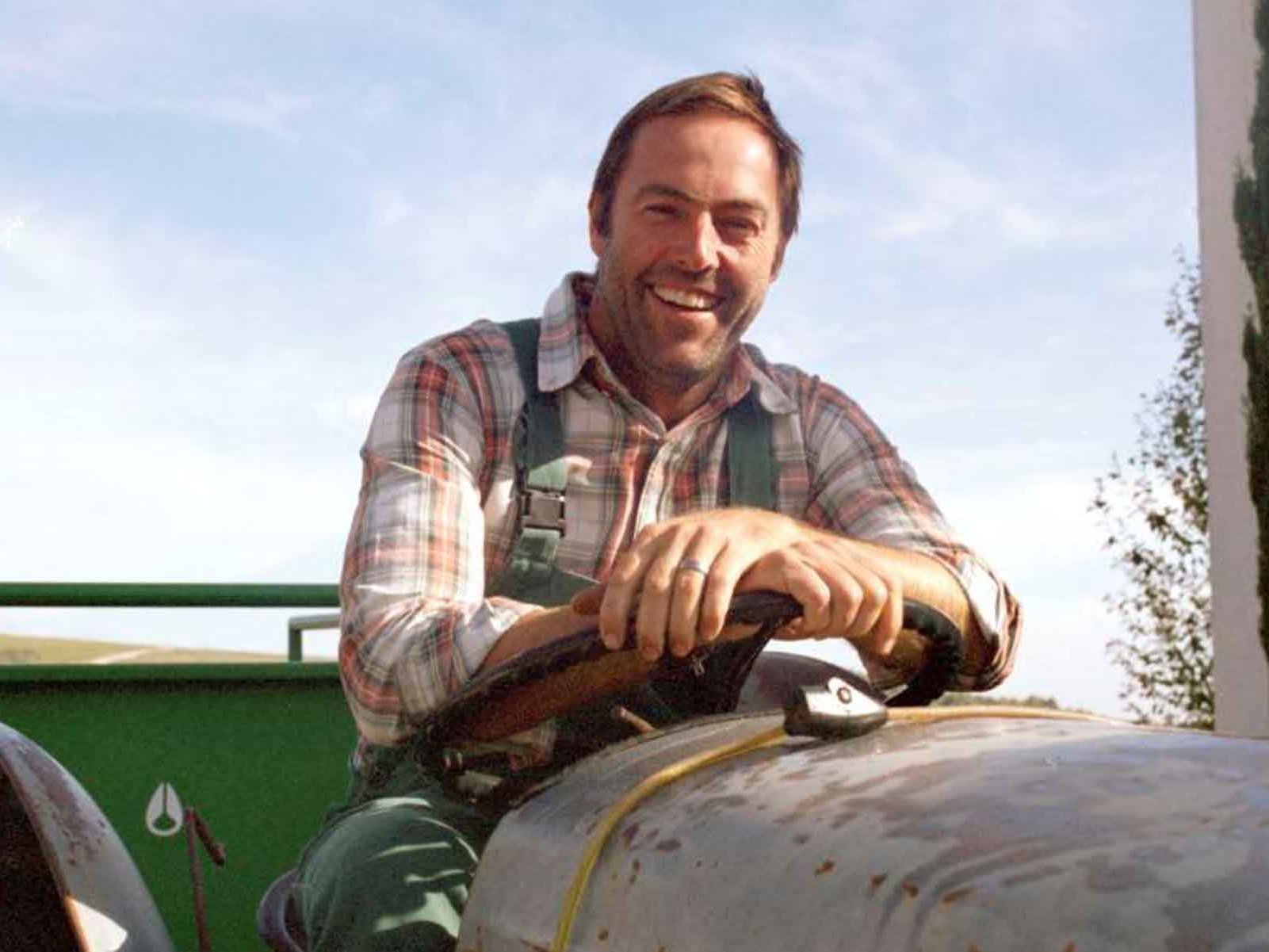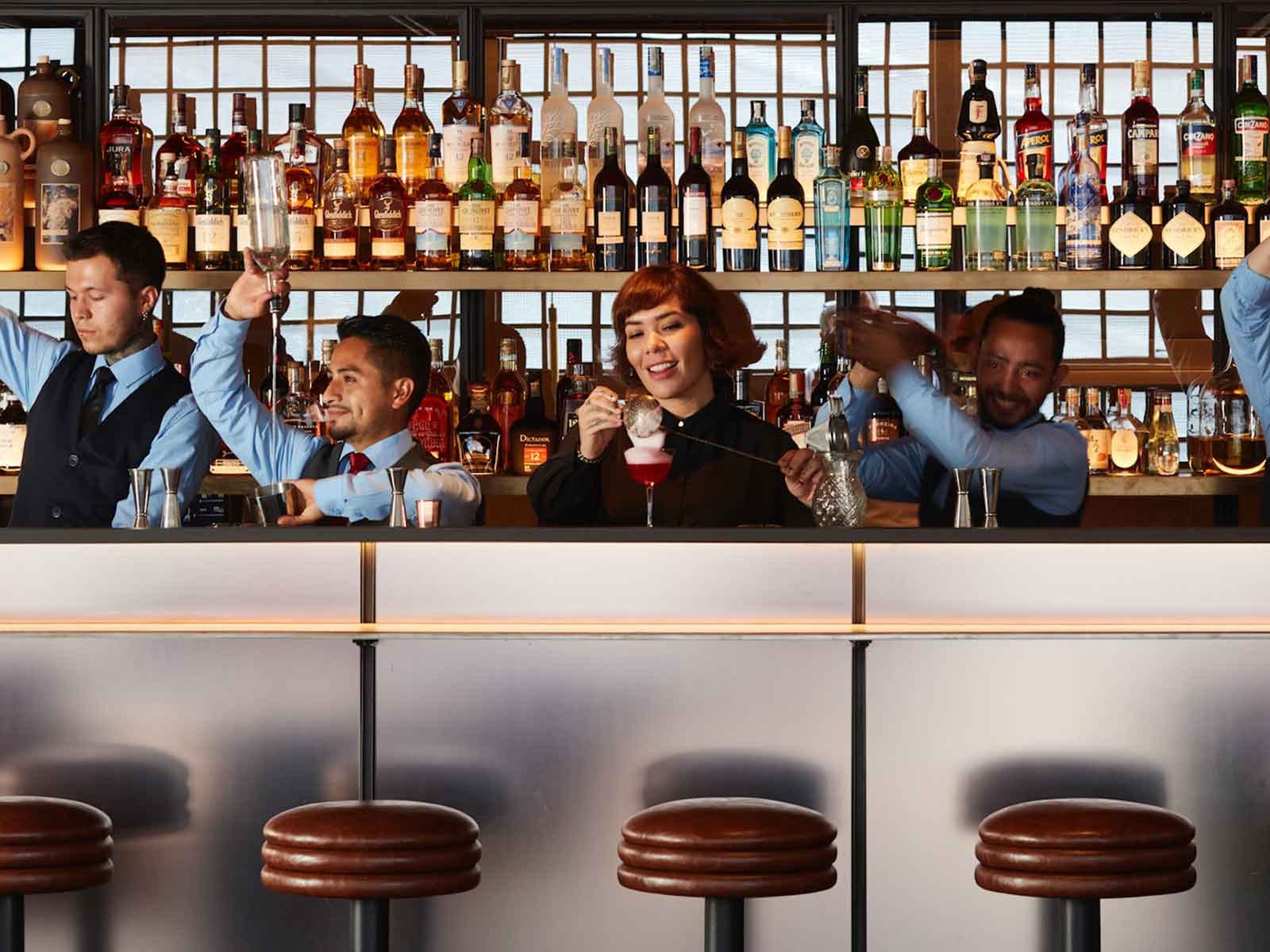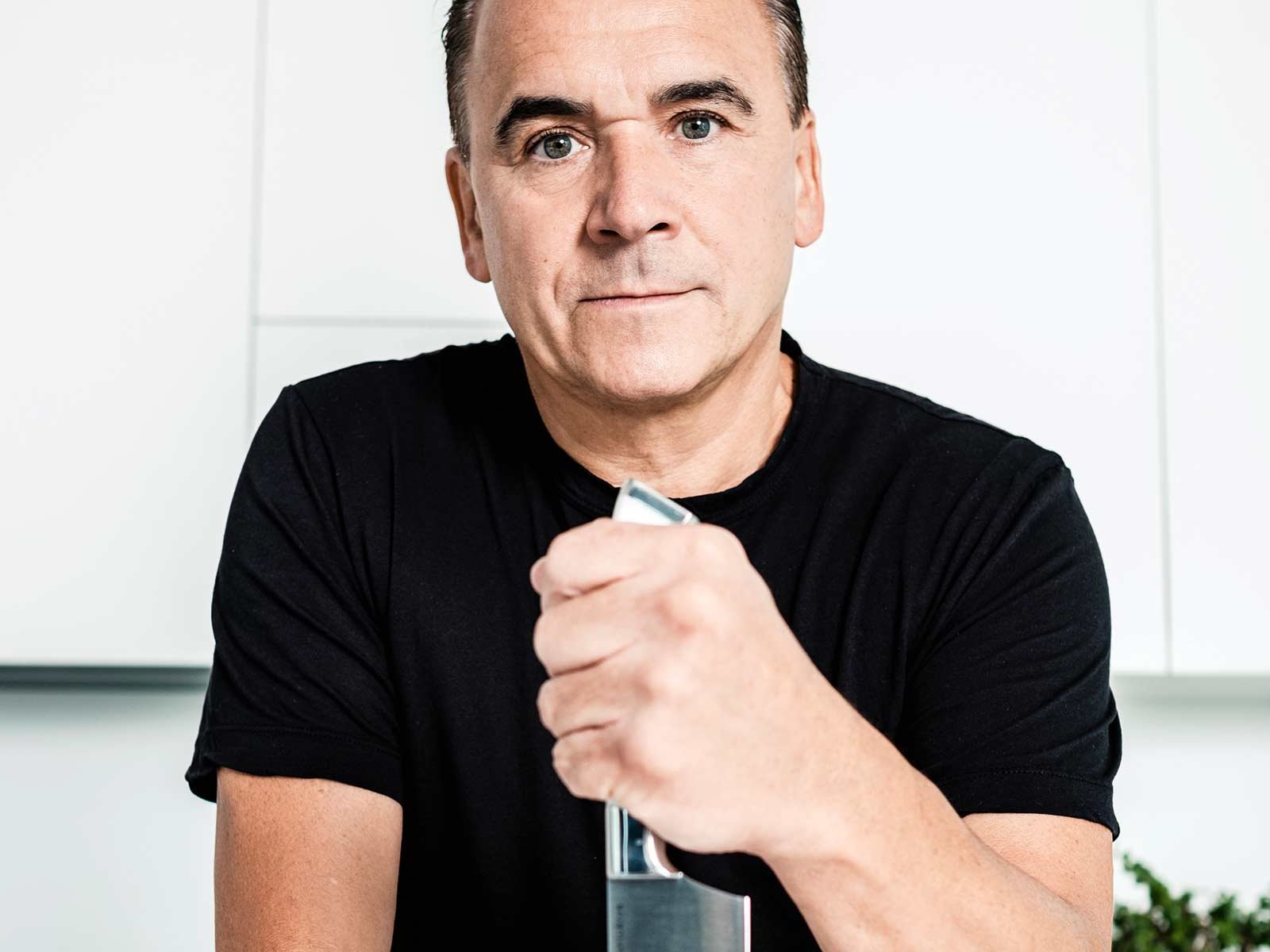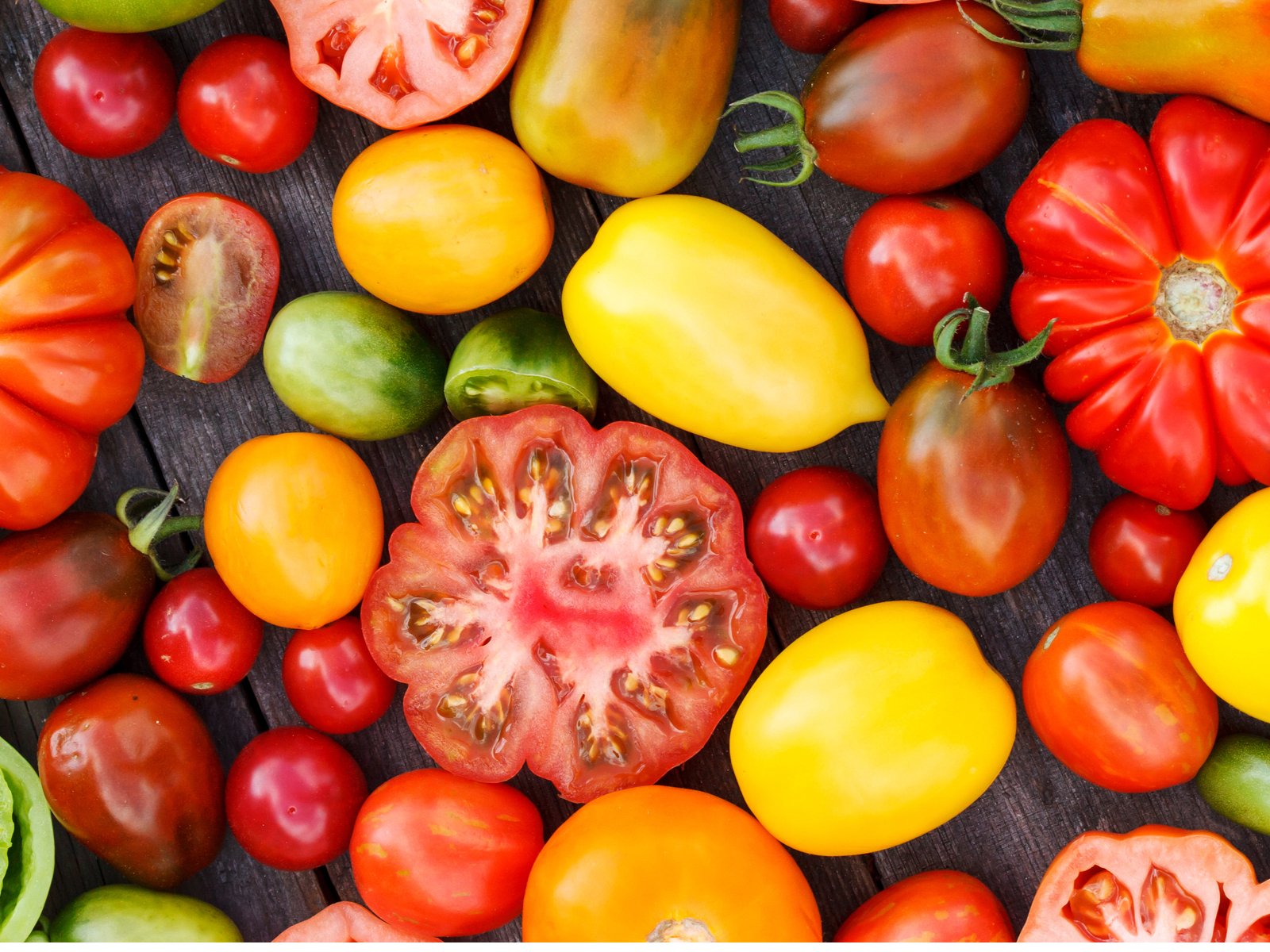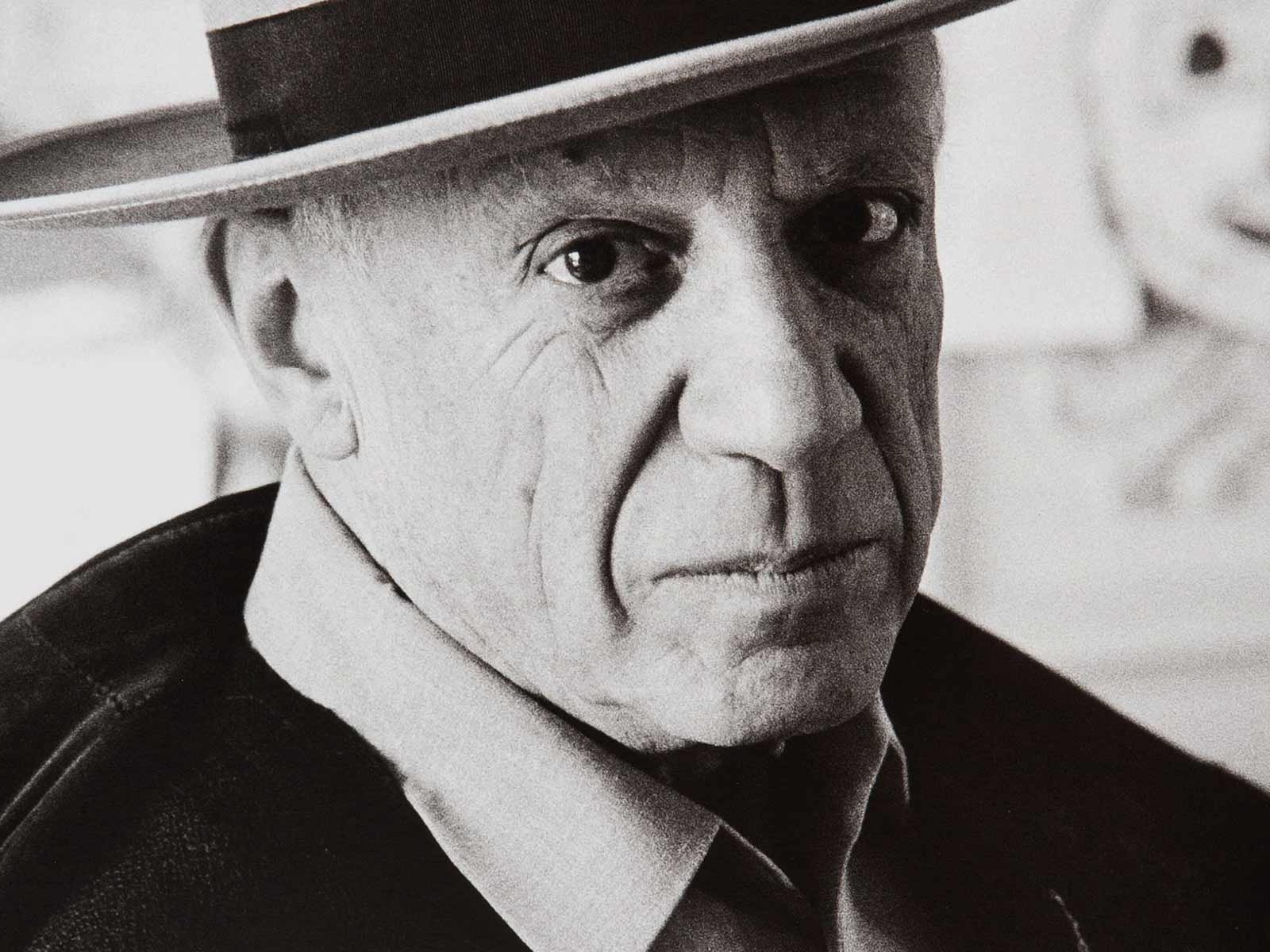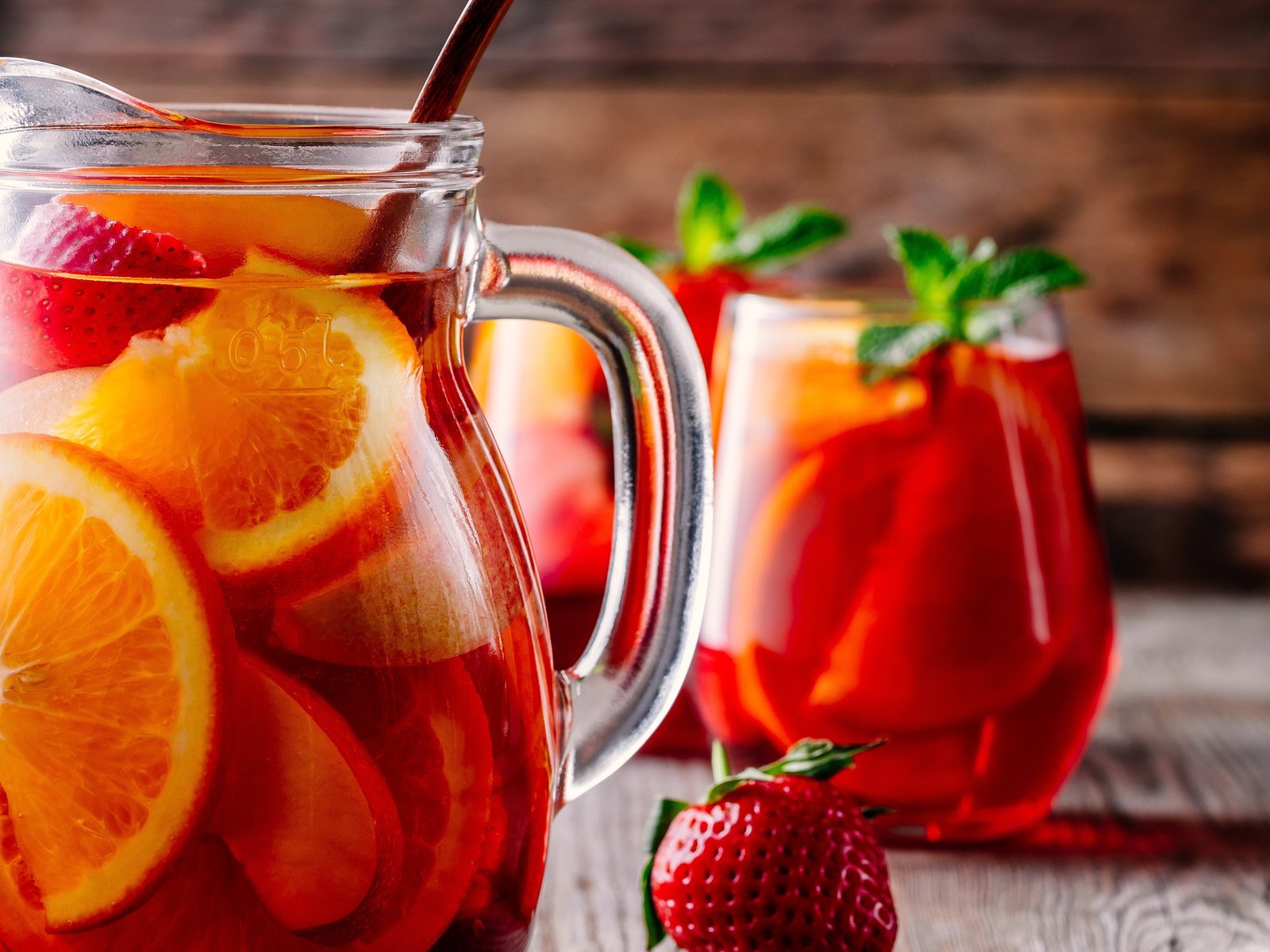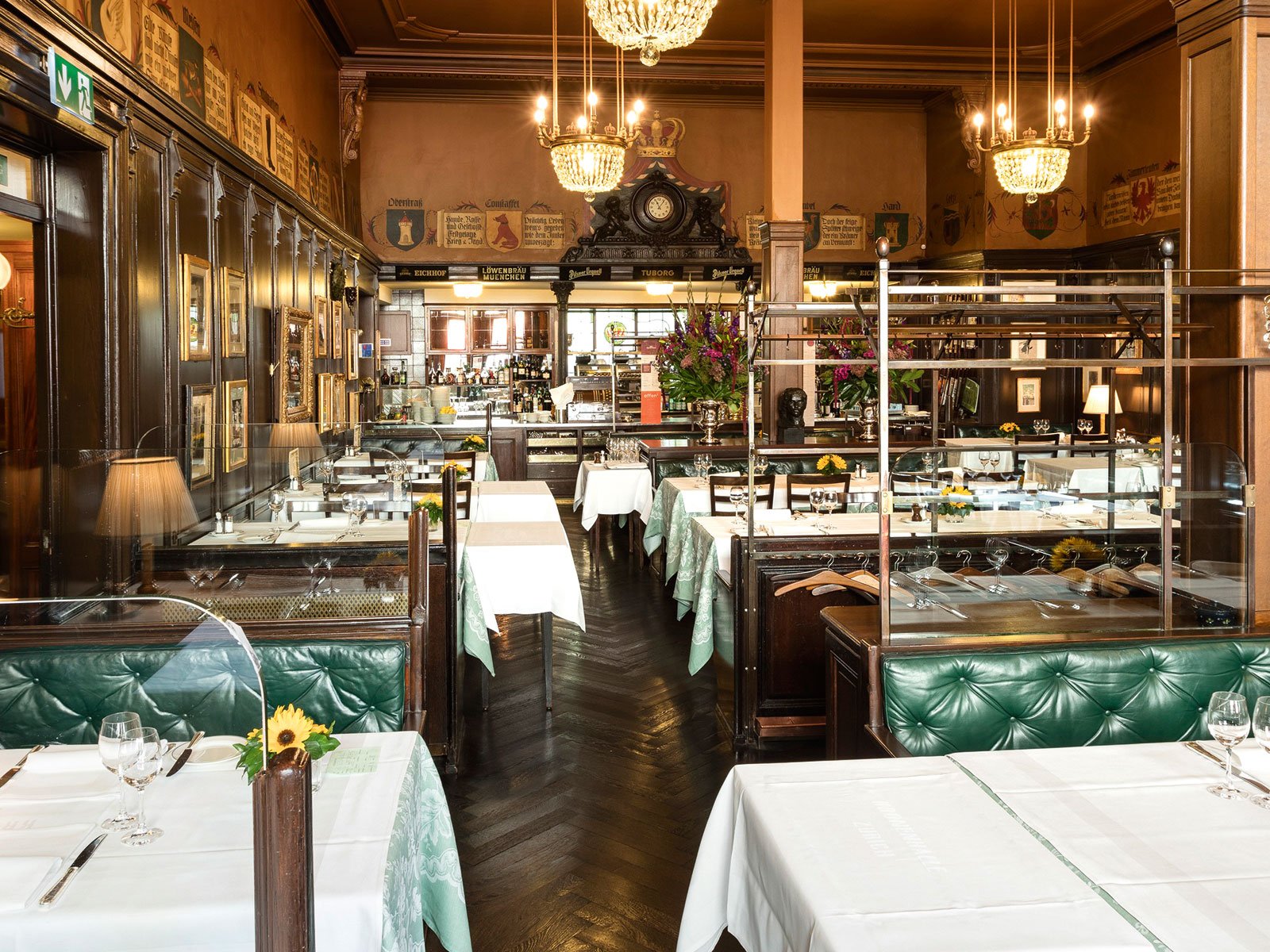Burgundy 2020 En Primeur - The Verdict
The 2020 vintage of Burgundy is out and being sold en primeur, or while the wine is still in the barrel. Now with new tasting notes.
It is that time of year when merchants are showing the latest Burgundy vintage to be sold en primeur: the 2020 whites and reds. A time for assessment and reflection and – for those with the requisite cash – a time to buy.
Some of this is academic, of course. Such is the global demand for Burgundy that prices are as eye-watering as ever while tiny production volumes mean that even ready money will not guarantee you wine. The most prestigious estates and sites are sold on allocation only. Yet there is value and there also is an interesting shift.
Warm and dry
Warm, dry vintages are no longer new in Burgundy. A shift has taken place and 2020 was an early year – with early flowering (without danger of spring frosts) and an early harvest, starting around the middle of August. While many have commented on one of the earliest harvests on record, those in the know point out the early flowering – with the traditional 100 days between flowering and harvest – meaning the grapes got a full growing season guaranteeing proper aromatic development.
The 2020 vintage
The Burgundy Wine Board declared the flowering as “frankly magnificent” – those following the wine growers on social media could enjoy pictures of splendid spring weather as the world endured it first Covid lockdown. A warm, dry summer following a wet winter ensured ripening, leading to healthy, perfect crop of grapes – with some drought issues and water stress in places. The dryness generally led to a reduction in yields and the grapes were quite concentrated – in terms of fruit but crucially also in acidity. This is as true for the whites as for the reds – with Pinot Noirs showing an unusual depth and intensity of colour. Vincent Avenel of Domaine Chanson sums it up perfectly: “What you usually expect from a hot year is jammy wines, less terroir-driven, with less acidity, but with wine you can never be sure. 2020 is the vintage where you have a very warm year and good acidity – both for whites and for reds.”
Handling the heat
Compared to tasting earlier hot and warm vintages, Burgundy definitely has turned a corner. The winemakers have learned to handle the heat, both in vineyard and in cellar. Harvest dates are key to success but so is winemaking. David Roberts MW, buyer at Goedhuis & Co, calls this “infusion rather than extraction”. The wines had such concentration that utter gentleness was called for. Whole-bunch fermentations are also more widespread, new oak is used judiciously while freshness is prized and preserved. A wonderful development.
Red or white? Who is the winner?
2020 has no clear winners: whites are consistently ripe, defined and fresh, the reds are concentrated, vivid and will be long-lived. Astonishingly, some Bourgogne Rouge wines – often pale and meagre reds in previous decades – now show a concentration and lushness that must confound the senior citizens of the Côte d’Or. This is ripeness they and their forebears could only dream of. The reds across the board also show unusually deep and dark colours – some of them do not look even like Pinot Noir. They sport abundant and fine tannins and some estates have made wines that are more reminiscent of the Chardonnays and Pinot Noirs of warmer climes than of Burgundy. For the most part, however, the wines have concentration as well as freshness and elegance, the very best of them also have translucency and poise.
Finding value
With reduced yields in 2019 and disastrously low yields in 2021, the prices of the 2020 vintage are stratospheric. Estates suffered immense losses of yield in what was a year of biblical catastrophe in 2021 with terrible spring frosts followed by immense disease pressure. 2020 profits will thus have to carry the winemakers over two years rather than one. Then there is the rarity of the wines. Many merchants will only allocate certain premiers and grands crus in three-packs. But there is value to be found. Formerly lesser appellations begin to shine with the shifting climate and global demand means that formerly cooler sites and villages receive the same care and attention as established sites. Not only is there value in these appellations but real beauty: from north to south, Fixin, Pernand-Vergelesses, Savigny-lès-Beaune, Auxey-Duresses, Saint-Romain are all happy hunting grounds. So are the Hautes Côtes de Beaune and the Hautes Côtes de Nuits.

